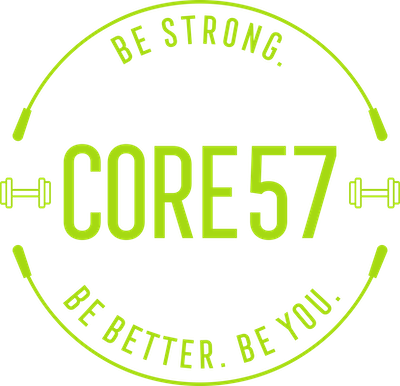Why You're Eating Healthy But Not Losing Weight
Do you feel like you barely eat, but aren’t seeing the body composition changes you want? If this rings a bell, you're not alone. Many of us have been there, meticulously counting calories, opting for "healthy" snacks, yet still not seeing the results we crave. So what's going on?
Let's dive into the heart of the matter: energy density versus food volume. Our in-house nutrition coach, Rebecca, is breaking down what this means for your weight loss journey.
Understanding Energy Density and Food Volume
Energy density refers to the number of calories a food contains relative to its size or volume. Foods high in energy density pack a lot of calories into a small space, often leaving you less satisfied and more likely to overeat. Think of snacks like chips or peanut butter – tasty, yet very easy to consume in large quantities without feeling full.
On the other hand, foods low in energy density offer fewer calories for a greater volume. This means you can enjoy a more substantial meal that keeps you feeling full without overloading on calories. Picture a plate filled with fruits, veggies, lean proteins, and whole grains. These are the champions of satiety – they help keep you satisfied and energized longer.
If you prepare your meals smart, you can easily create a big meal in under five minutes packed with protein and fiber without the high calorie count.
Try This Quick and Easy Dinner Option
Whip up a plate of frozen spiralized squash, prepared shredded chicken from Costco, and a side of healthy fats like sliced avocado or pumpkin seeds.
This meal is low in energy density but high in food volume, leaving you feeling full and satisfied without all the extra calories.
Sneaking Snacks? Consider this:
Compare the plate above to snacks you might pick up throughout the day without even realizing it. A few pretzels here, a couple of M&Ms there, a spoonful of peanut butter, leftover Nilla Wafers from the kids' lunch. If you add all this up over the course of a day, you have over 500 calories, with none of the nutritional value and none of the fullness factor.
But I'm Eating Healthy Foods...Right?
It's essential to remember that just because a food is labeled 'healthy' doesn't mean it automatically has a low energy density. In fact, many healthy foods can have surprisingly high energy densities, meaning they are dense in nutrients but also contain a significant number of calories per serving.
Take nuts, for example. They are often touted as an excellent source of healthy fats and protein. While this may be true, they also pack a lot of calories into a small amount due to their high energy density. So while they can definitely be part of a healthy diet, it's essential to be mindful of portion sizes when trying to lose weight.
The Key Takeaway
So, what does all of this mean for your weight loss efforts? The key takeaway is that simply eating 'healthy' foods isn't enough – you also need to pay attention to their energy density and food volume. Choosing meals that are low in energy density and high in food volume will help keep you feeling full and satisfied without overloading on calories.
It's also important to remember that incorporating regular physical activity into your routine is crucial for achieving weight loss goals. Exercise not only burns calories but also helps increase muscle mass, which can boost metabolism and aid in weight loss.
Practical Tips for Eating for Satiety
How can you apply this knowledge to your daily eating habits? Here are some practical tips:
Emphasize Whole Foods: Fill your meals with vegetables, fruits, lean proteins, and whole grains. These foods are not only lower in energy density but also rich in nutrients and fiber, which help keep you full.
Snack Smart: Instead of reaching for processed snacks, add whole food produce to your snacks. An apple with a handful of almonds or carrot sticks with hummus can be both satisfying and nourishing.
Increase Meal Volume: By focusing on the volume of your meals, you can eat more while consuming fewer calories. Think big salads with a variety of colorful veggies and a lean protein source.
Watch Out for 'Healthy' Traps: Even foods marketed as healthy, like nuts and protein bars, can be high in energy density. Be mindful of portion sizes and balance them with low-energy-density foods.
Remember, it's not about depriving yourself or cutting out entire food groups. It is about making informed choices and finding a balance that works for you. Focus on incorporating more low-energy-density foods into your diet while still enjoying the occasional treat in moderation. Don't forget to stay active – both physically and mentally – as you work towards healthier habits and sustainable weight loss.
Ready for a Personalized Approach?
Feeling motivated to change the way you approach your meals? At CORE57, our nutrition coach Rebecca is here to guide you every step of the way. Whether you're looking to lose weight, increase energy, or simply feel better, personalized nutrition coaching could be your key to success.
Join us at CORE57 and take on a wellness journey tailored just for you. Book a session with Rebecca today, and let's unlock the secret to eating well and feeling great!

